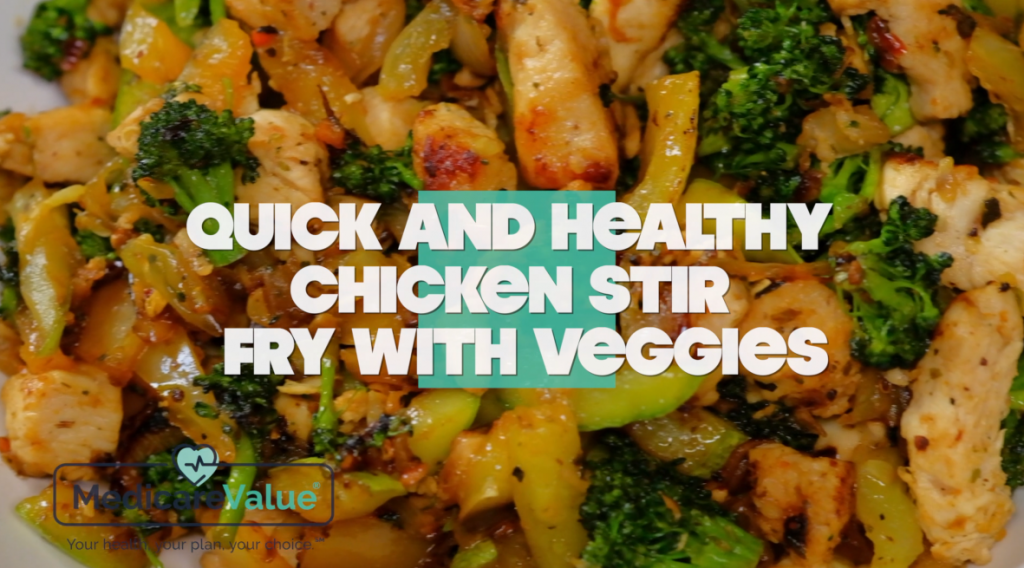5 Things You Should Know About Heart Attacks
Heart attacks, which are also referred to as myocardial infarction’s are quite common in the United States. It is actually estimated that one happens every 40 seconds. 14 percent of people that suffer heart attacks end up dying from them, which means it is a serious medical emergency.
A heart attack occurs when the coronary arteries are no longer able to carry sufficient oxygen to the heart because they have been shrunk due to cholesterol build-up or they are blocked by a clot. A lack of oxygen causes damage to the heart.
It is important to know more about heart attacks so that you can better handle the situation should you or somebody close to you ever has one. Below are 5 important things that you need to know about heart attacks.
1. How to Recognize If Someone is Having a Heart Attack
Time is of the essence when it comes to heart attacks. Every second matters and a quick reaction helps limit the extent of damage caused to the cardiac muscle. It is why you need to recognize the following signs of a heart attack quickly:
– Nausea and vomiting
– Shortness of breath or difficulty breathing
– Dizziness
– Excessive perspiration or sweating
– Discomfort in other parts of the upper body i.e. shoulder, jaw, neck, back, or arm
– Pressure, heaviness, discomfort, burning sensation, sharp pain, or tightening in the chest that isn’t alleviated by taking nitroglycerin or resting.
You need to understand that the symptoms above might not all occur in case of a heart attack. They can often be irregular and may not always be sharp and sudden. It is also important to understand that signs of a heart attack in women tend to manifest in a subtler form than in men. Women are more likely to experience chest pain that is usually mistakenly attributed to heartburn.
2. The Common Causes and Risk Factors of Heart Attacks
Risk factors
Several factors can put you at risk of suffering a heart attack. Some of the factors are beyond your control such as family history and age. Other factors, referred to as modifiable risk factors are those within your control.
Risk factors beyond your control include:
– Age: Your risk for having a heart attack is higher if you are over 65
– Race: people of African descent usually have a higher risk
– Sex: Men are more at risk compared to women
– Family History: If you have a family history of obesity, high blood pressure, heart disease, or diabetes, you are more at risk.
Risk factors within your control include:
– Stress
– Diet and alcohol consumption
– Lack of exercise
– Obesity
– High cholesterol
– Smoking
Causes
A few cardiac conditions can cause heart attacks. One of the most common causes is a build-up of plaque in the arteries known as atherosclerosis, which prevents blood from getting to the heart muscle. Heart attacks can also be caused by a torn blood vessel or blood clots. It can also be caused by a blood vessel spasm, although this is less common.
3. The Common Symptoms for Heart Attacks
Symptoms for heart attacks may include but are not limited to:
– Fatigue
– Dizziness or lightheadedness
– Sweating
– Nausea
– Chest pain or discomfort
Numerous other symptoms may occur during a heart attack, and the symptoms may differ between men and women.
4. Heart Attacks Can Be Prevented
You can take a few simple steps every day to reduce your risk of heart attacks such as:
– Lowering your blood pressure in case it is too high
– Learning to manage your stress levels
– Exercising regularly
– Lowering your cholesterol if it is too high
– Controlling your diabetes by managing your glycemic levels
– Quit smoking and avoiding exposure to secondary smoke
– Aiming for a healthy weight and avoiding a build-up of fat around the waist since this is especially dangerous for the heart
– Adopting a healthy diet by eating 8 to 10 portions of fruits and vegetables a day, whole-grain foods, and eliminating unhealthy fats.
You can also ask your doctor for tips and advice on how to take better care of your heart.
5. Diagnosis, Tests and Treatment
Diagnosis
A doctor makes a diagnosis of a heart attack after performing a physical examination and reviewing your medical history. Your doctor will probably conduct an electrocardiogram (ECG) for monitoring the electrical activity in your heart.
Tests
The doctor will also probably take a sample of your blood and perform other tests to check whether there’s any evidence of heart muscle damage. If the doctor makes a diagnosis of a heart attack, he/she will use various tests and recommend various treatments.
The doctor may also order a cardiac catheterization, which is a probe that’s inserted into the blood vessels via a soft flexible tube known as a catheter. It helps the doctor view areas where plaque may have built up. The doctor may also inject dye into the arteries and take an X-ray to see how the blood flows and view any blockages.
Treatment
If you have had a heart attack, the doctor may recommend a procedure, which can be either surgical or nonsurgical. Procedures can help relieve pain and prevent another heart attack from occurring. Common procedures include:
– Angioplasty: It is used to open the blocked artery by removing the plaque buildup or using a balloon.
– Stent: It is a wire mesh tube that’s inserted into the artery after angioplasty to keep it open.
– Heart Bypass Surgery: It involves rerouting the blood around the blockage.
– Heart Valve Surgery: Valve replacement surgery involves replacing the leaky valves to help the heart pump.
– Pacemaker: It is a device that’s implanted beneath the skin and is designed to help the heart maintain a regular rhythm.
– Heart Transplant: It is performed in severe cases where the heart attack has caused permanent death of tissue to most of the heart.
Heart attacks are a serious medical emergency. If you or someone around you is experiencing symptoms that could be indicative of a heart attack, seek immediate medical attention.
Share this post:
Better Living for Today
Low Impact Exercises By The Numbers
The impact of exercises cannot be overemphasized. Not only does…
Read MoreQuick and Healthy Chicken Stir Fry With Veggies
Stir Fry’s are a great go-to dinner. They are quick…
Read More



